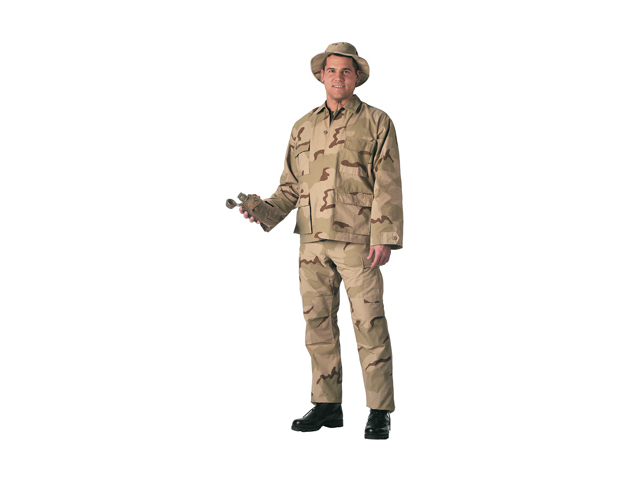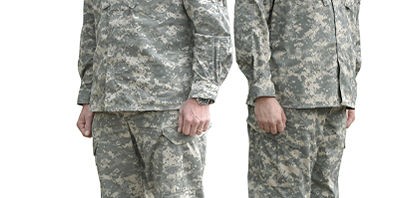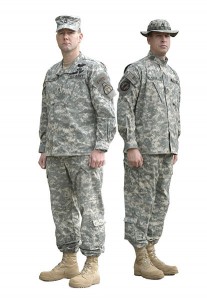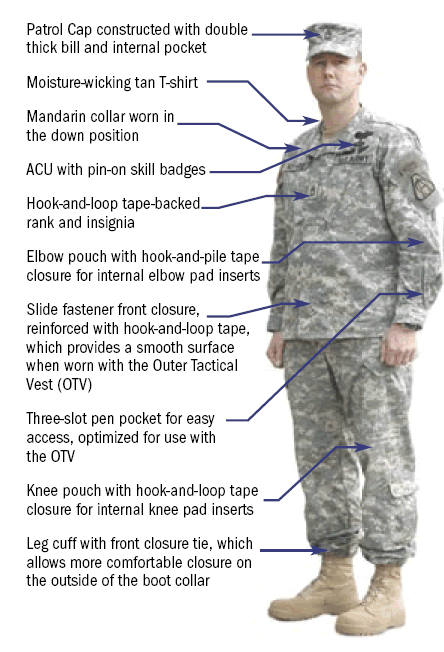The BDU (Battle Dress Uniform) originally appeared September 1981, with a camouflaged woodland pattern. Its colors were based on the woodland colors (browns and greens) of Northern Europe, thus enabling soldiers to achieve greater invisibility among foliage and trees. BDUs were extremely popular with the military and by 1989 they had replaced all the former olive drab uniforms which had been used since the World Wars. BDUs were the first generally issued camouflaged uniform approved by the Army since Vietnam.
Since its introduction in 1981, the BDU has undergone many modifications and adaptions. For example, initially, the uniform came in two forms, the “Hot Weather” BDU, and the “Temperate” BDU. They used various material of make, such as ripstop cotton, nylon cotton blends, and cotton poplin.
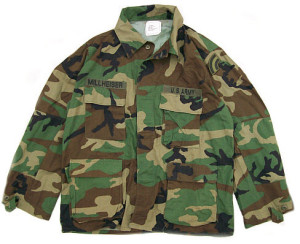
As combat zones expanded to the entire world, alterations such as the removal of buttoned waistlines, size reduction of collars, and improvements in stitching were made. In 1996, a further innovation on the uniform was made, the EHWBDU (Enhanced Weather Battle Dress Uniform), which incorporated light-weight, “breathable” material, such as ripstop nylon and cotton poplin blend.
Beginning around this time BDUs were printed using sophisticated infrared brightened dyes, used in uniforms to protect detection by near infrared image converters. As branches sought to stand out from others, many different dyes and patterns began to be used by various military branches.
During the Persian Gulf War when combat zones shifted to desert climates the woodland camouflaged pattern was replace by sandy desert patterns. These patterns utilized more shades of colors, ranging from three to six, to better adapt to the various eco-zones of the desert environments.
In 2005 the military began to phase out the BDU military uniform and by April 30, 2008 they were fully replaced by the ACU (Army Combat Uniform). As opposed to the BDU, The ACU, uses a digital pattern, with less saturated colors.
Although no longer used today, the history and pride of our nation still stands within those colors.
- 1981 – Original Woodland
- 1990 – Desert Camouflage
- 1996 – Enhanced Weather Battle Dress Uniform
[phpbay]bdu, 15, “”, “”,,,25[/phpbay]
